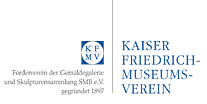 Am 7. März 2013 werde ich um 18 Uhr in der Gemäldegalerie Berlin bei den Jungen Kaisern über Crowdfunding für Museen sprechen. Die Jungen Kaiser sind die jungen Fördermitglieder des Kaiser-Friedrich-Museumsverein (mit Facebook-Seite). Einen ähnlichen Vortrag hatten Karin Janner und ich schon beim Treffen der Volontäre der staatlichen Museen in Berlin am 18. Oktober 2013 gehalten. Hier ein paar wichtige Thesen und Beispiele:
Am 7. März 2013 werde ich um 18 Uhr in der Gemäldegalerie Berlin bei den Jungen Kaisern über Crowdfunding für Museen sprechen. Die Jungen Kaiser sind die jungen Fördermitglieder des Kaiser-Friedrich-Museumsverein (mit Facebook-Seite). Einen ähnlichen Vortrag hatten Karin Janner und ich schon beim Treffen der Volontäre der staatlichen Museen in Berlin am 18. Oktober 2013 gehalten. Hier ein paar wichtige Thesen und Beispiele:
Crowdfunding für Museen ist eigentlich keine Erfindung des Web 2.0-Zeitalters. Schon 1922 hab es einen Entwurf für ein Museum von Alexander Graham Bell, der über Crowdfunding finanziert werden sollte:
In 1922, Hugo Gernsback hoped to build a monument and museum in New York dedicated to the inventor of the telephone, Alexander Graham Bell. Gernsback’s magazine, Science and Invention, was especially popular with amateur inventors so he brought his appeal directly to them in the October 1922 issue, just two months after Bell’s death in August.
“It is thought that if every inventor in the United States would subscribe only $1.00, the monument could be built,” Gernsback wrote. Readers of Science and Invention were encouraged to send in a coupon which could be clipped from the bottom of the page, expressing whether they’d support such a monument. Inventors weren’t asked to send money right away, but instead were asked to pledge support. If enough support was shown it’s assumed that Gernsback would then solicit donations in a future issue.
Dies war aber nicht das erste Modell – im gleichen Jahr wollte Gernsback auch ein Museum bauen für die Elektrizität.
 Nicht ganz so monumental, aber ebenso beeindruckend war dann 90 Jahre später die Indiegogo-Kampagne für ein Tesla-Museum:
Nicht ganz so monumental, aber ebenso beeindruckend war dann 90 Jahre später die Indiegogo-Kampagne für ein Tesla-Museum:
However, the land, laboratory, and foundation beneath the tower are still there and very recently went up for sale. And right now a non-profit is trying to buy the property and turn it into a Nikola Tesla Museum. The property is listed at $1.6 million, and this non-profit has received a matching grant from New York State of up to $850k. This means that if we can raise $850k, New York State will match us for that same amount — putting the total raised at $1.7 million.
There is currently another offer on the table from someone who wants to purchase the property potentially tear it down or turn it into a retail establishment. There is no Tesla museum in the United States, despite Tesla’s extraordinary accomplishments. If we can outbid this other person and buy the land it will permanently be protected as a historic site and eventually converted into a Nikola Tesla Science Center.
The folks behind this project are a 501(c) non-profit organization and they’ve spent the past 15 years trying to find a way to save this property.
Knapp 1.3 Millionen US-Dollar kamen durch die Aktion zusammen, welche durch die Kofinanzierung des Staates New York es ermöglichen, das Projekt zu bauen. Die Herausforderung war es aber in erster Linie, den vielen Unterstützern ihre Gegenleistungen zukommen zu lassen:
Good news! The perk shipments are close to completion! Most of you should have your perk now, or quite soon.
We want to thank everyone again, first for your generous contributions, and also for your extraordinary patience as we waded through the enormous amount of work we had to do to get out all the perks.
We know there will be some problems with sizes here or there, or other issues, and we will do our best to fix those things. There have been a few missing addresses, and undeliverable or returned items, and we are working on that. What a learning experience this has been.
The acquisition of Wardenclyffe is close, too! Things are moving along, and we are hoping to be able to announce ownership of the site in the very near future!
Eine Reihe von Crowdfunding-Projekten hat es in den letzten Jahren für Museen und museale Projekte gegeben, sowohl in Deutschland als auch im Ausland:
- startnext – Museum in Motion
- kickstarter – Museum Cultural & Community Center
- startnext – Flippermuseum
- Kickstarter – Stills in the Hills Exhibit – Hintergrund-Artikel
- inkubato – We are not a Museum
- visionbakery – Schandmaske fürs Wernigeroder Museum
- Mymajorcompany – Le Panthéon
- Rijksmuseum Twenthe (Hintergrund-Artikel)
- Amsterdam Museum
- Kickstarter – Rock and Roll – Hall of Fame Museum (Hintergrund-Artikel)
Das Projekt von Le Panthéon ist sicherlich das spannendste, weil es klassische Museumskultur mit Crowdfunding vereint, wie die New York Times schreibt:
For as little as a single euro even the most ordinary art connoisseur can join the fund-raising fraternité that is working to restore the dome of the Panthéon here. Contribute a few hundred more and you get an invitation from the Center for National Monuments, the French landmarks agency, to a party there, at the emblematic temple of the republic.
Maybe you’d like to help the Louvre buy a pair of 13th-century ivory statuettes, or the Museum of Fine Arts in Lyon get the Ingres oil it so very much desires? Please?
[…]
In the past three years the Louvre has proved the most adept at tapping the support of thousands of donors online. Its first campaign, in 2010, reaped more than $1.6 million from over 7,000 donors to acquire a 16th-century oil painting of three nude women by Lucas Cranach.
Some less celebrated landmarks — like as the tarnished statue of Hippomenes at St.-Cloud Park outside Paris — have not fared as well, raising only 17 percent of the $13,000 goal to help pay for restoration.
Mr. Bélaval said he was not particularly worried about the pace of giving.
“To scale a mountain you have to start with a little mountain,” he said.
Die zentrale Schwierigkeit von Crowdfunding im Museen Bereich ist bisher, dass Crowdfunding vor allem für einmalige Projekte, für besondere Aufkäufe, für emotionalisierende Ideen genutzt wird.
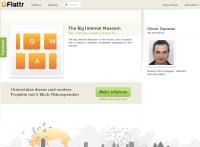 Für die institutionelle Förderung gibt es außer den klassischen Museumsvereinen relativ wenig Innovationen. Hier und da gibt es Pilotprojekte wie zum Beispiel dem Internet-Museum, welches sich über das Social Payment Tool Flattr finanzieren möchte. Aber die eingenommen Micropayments reichen vermutlich kaum aus, um die Raummiete zu bezahlen.
Für die institutionelle Förderung gibt es außer den klassischen Museumsvereinen relativ wenig Innovationen. Hier und da gibt es Pilotprojekte wie zum Beispiel dem Internet-Museum, welches sich über das Social Payment Tool Flattr finanzieren möchte. Aber die eingenommen Micropayments reichen vermutlich kaum aus, um die Raummiete zu bezahlen.
Aber ist es unmöglich? Könnte man ein Budget von einigen Millionen Euro jedes Jahr über Crowdfunding finanzieren? Natürlich ist der Kommunikationsaufwand enorm, aber Museen haben soviel zu bieten: sie können exklusive Veranstaltungen ermöglichen, sie können Teile ihrer Kollektion zeigen, die sonst nur in den Archiven bleiben, sie können gemeinsam mit Künstlern anderer Branchen tolle intermediale Projekte durchführen.
Sie müssen sich nur davon lösen, dass Crowdfunding eine Finanzlücke schließen soll, die wegfallende staatliche Finanzierung aufreisst. Die Herausforderung ist es also, sich zu überlegen, welchen Mehrwert ein Museum über das was es gerade tut leisten kann für die Gesellschaft.
Photo by dee_dee_creamer 
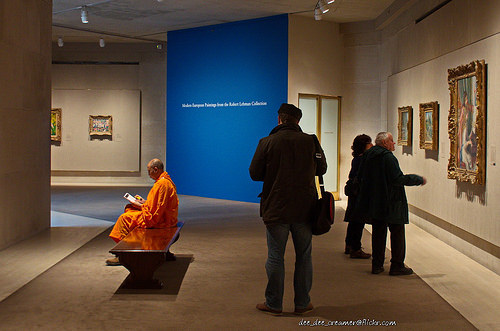
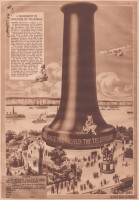
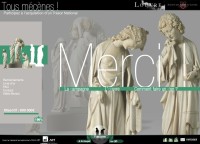
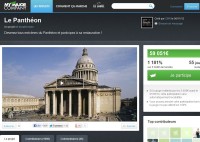

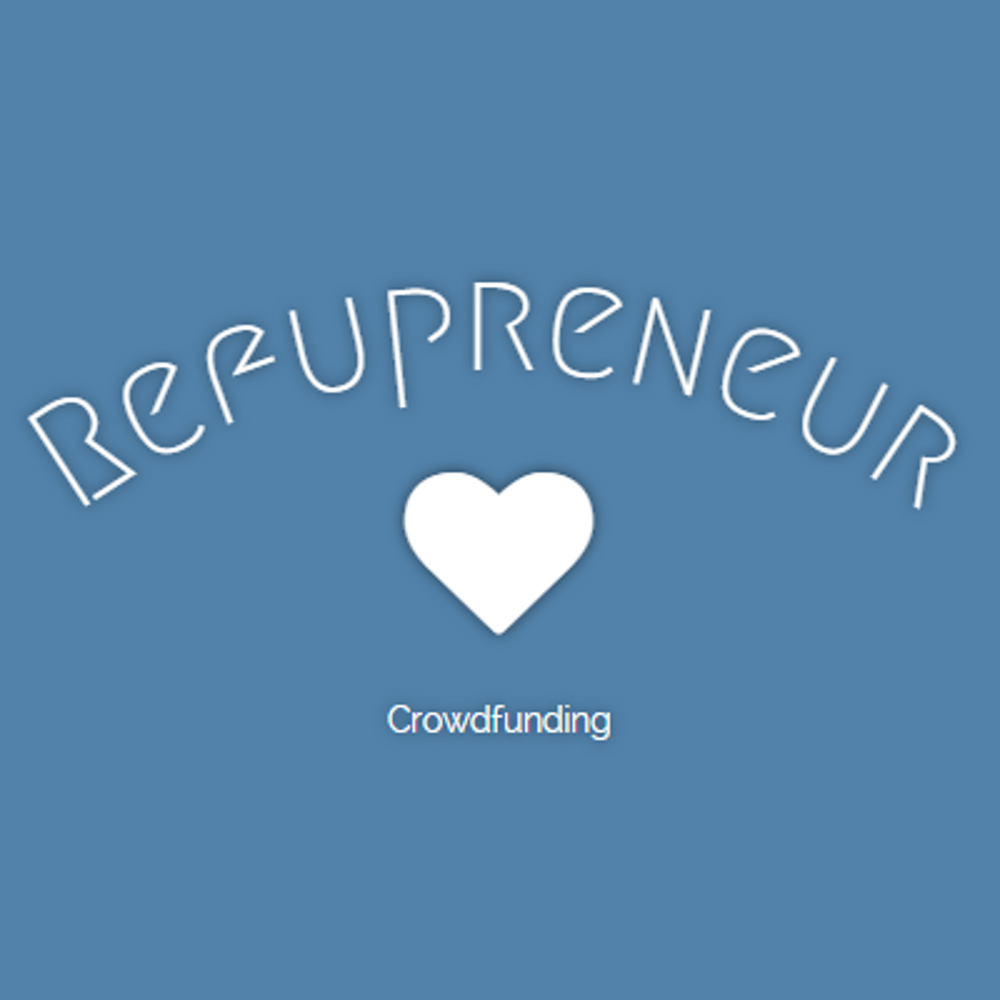
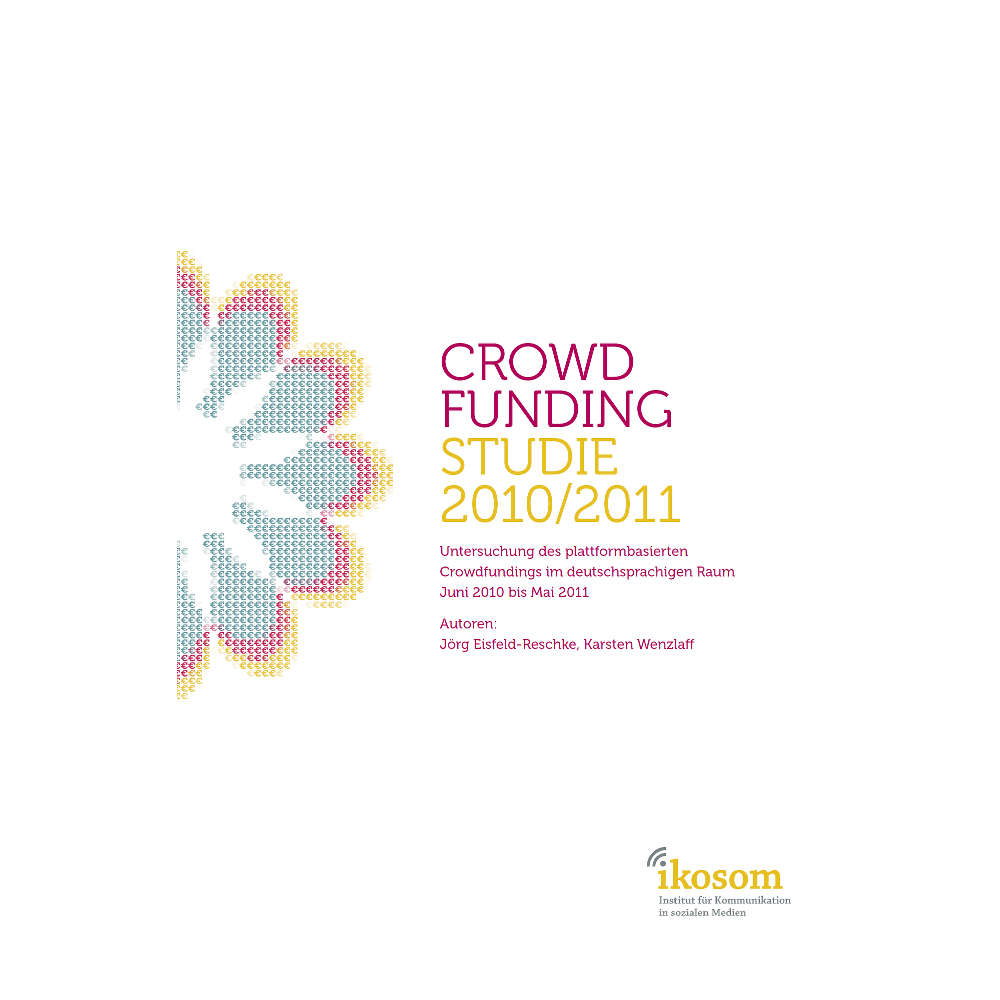
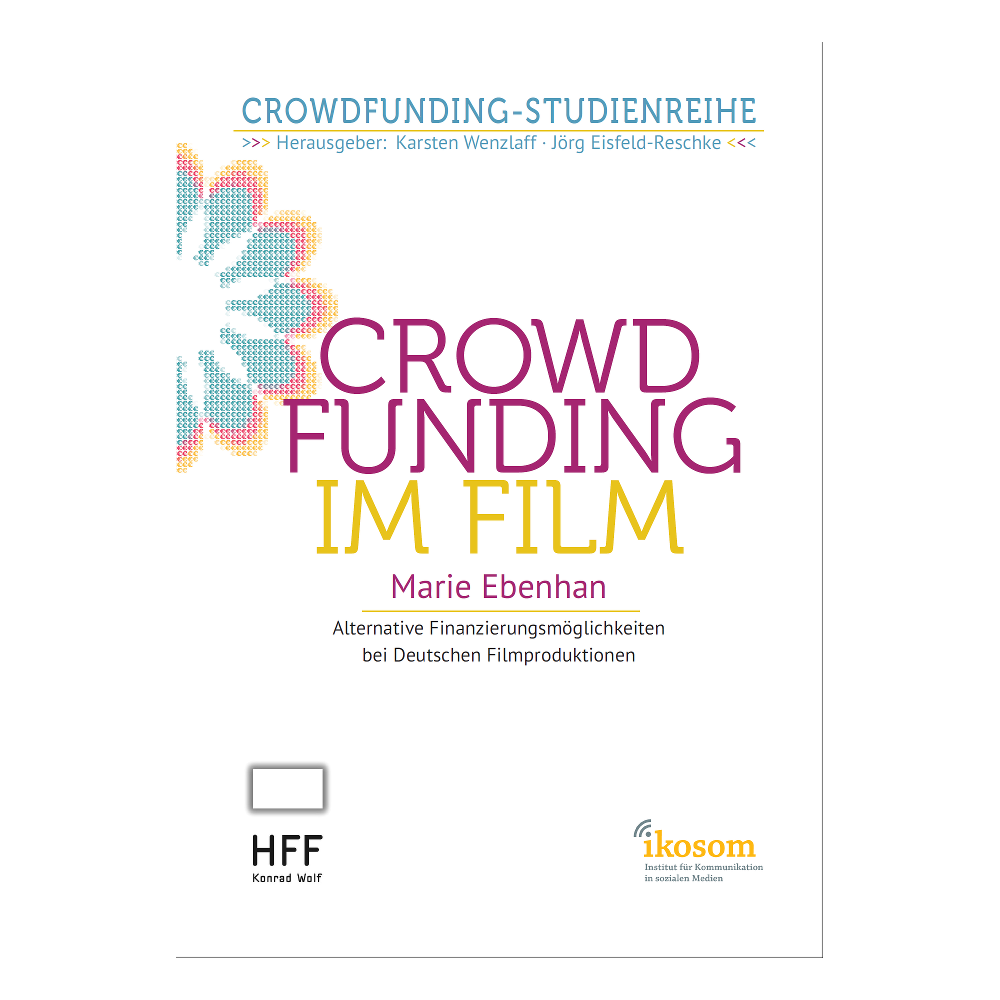
Noch eine kleine Ergänzung zu den Beispielen: Chicago Teen Museum – Giving Teens a Voice zu finden unter: http://www.indiegogo.com/projects/chicago-teen-museum-giving-teens-a-voice?website_name=teenmuseum.
Dann fällt mir noch die Louvre-Geschichte ein: http://www.forbes.com/sites/ceciliarodriguez/2012/12/08/the-louvre-turns-to-crowdfunding-to-buy-a-national-treasure/
Und die Albertina in Wien „behauptete“ auch mal Crowdfunding zu machen 🙂
http://derstandard.at/1343744376831/Albertina-probiert-Crowdfunding
Steffen Peschel stellt dabei die berechtigte Frage: „Schwierig. Ist das Crowdfunding?“ Die Diskussion dazu in der Facebook-Gruppe:
https://www.facebook.com/groups/crowdfunding/permalink/389504887781700/